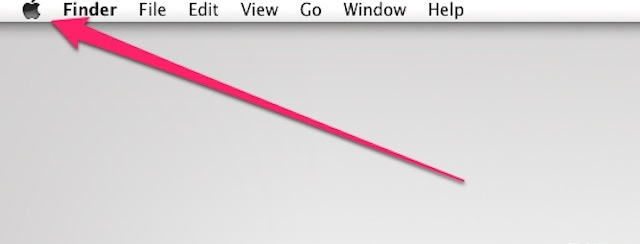How to Utilize Keyboard Shortcuts – Method 1
To close the application, press the Command + Option + Esc key combination simultaneously. This action will open the Force Quit window.

To disable an application, simply click on its name with the left mouse button and then click on the “Force Quit” button. This will effectively disable the selected application.

Click the Force Quit button
To swiftly close a window of an active application, you can hold the Command + Option + Shift + Esc keys simultaneously for three seconds.
Using the Apple Menu Icon: A Quick Tutorial
Click the Apple icon located in the top left corner of your screen.
To close the application, please follow these steps:
1. Select the “Force Quit” item.
2. This action will open the “Force Quit” window.
Select the “Force Quit” option
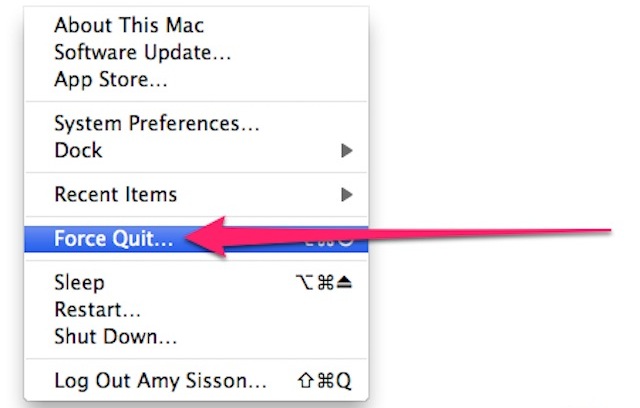
To disable a specific application, simply select it from the list provided. If the application is currently frozen, it will be indicated by a “Not Responding” label displayed next to it.
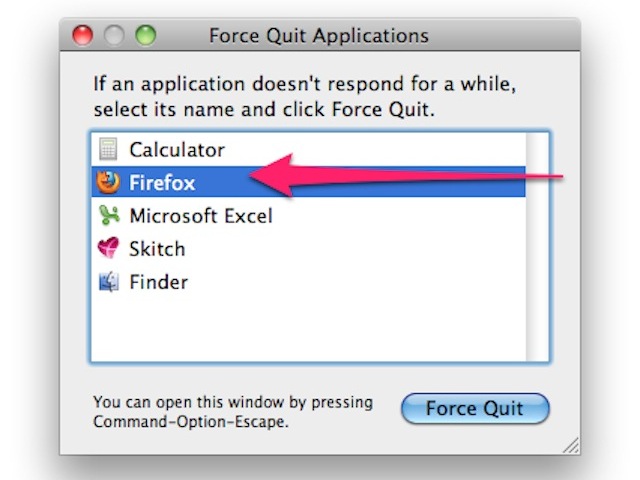 Select the application you want to disable
Select the application you want to disable
To disable the selected application, simply click on the “Force Quit” button and the application will be promptly disabled.
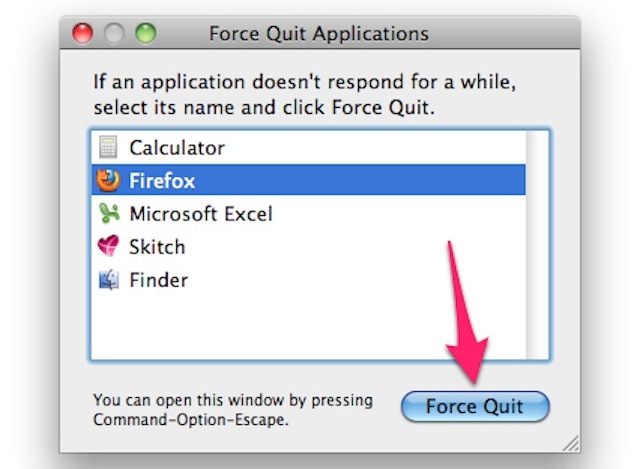 Click on the Force Quit button
Click on the Force Quit button
How to Use the Icon on the Toolbar with Method 3
To close an active application using the toolbar, follow these steps:
1. Point to the icon on the toolbar.
2. Right-click the icon while pressing the Option button.
3. From the small menu that appears, select “Force Quit”.
This process will disable the selected application on the toolbar.
 Click on the icon you want to turn off and select Force Quit
Click on the icon you want to turn off and select Force Quit
Using Terminal Commands to Solve Problems – Method 4
To access the Terminal application, follow these steps:
1. Locate the magnifying glass icon in the upper right corner of your screen.
2. Click on the magnifying glass to open the search bar.
3. Type in the word “Terminal” into the search bar.
4. From the search results, click on the entry labeled “Terminal” to launch the application.

Open Terminal
To retrieve a list of active applications on your device, please enter the command “Top” in the Terminal panel followed by pressing Enter. This will generate a table displaying relevant information about these applications.

Enter the word Top
Locate the program you wish to close by identifying the program’s name listed under the “COMMAND” column.

Observe COMMAND
To identify the program, locate the PID column and note the number to the left of the program name.

Remember the PID number
To exit the list of applications and return to the original window, press the letter “q”.
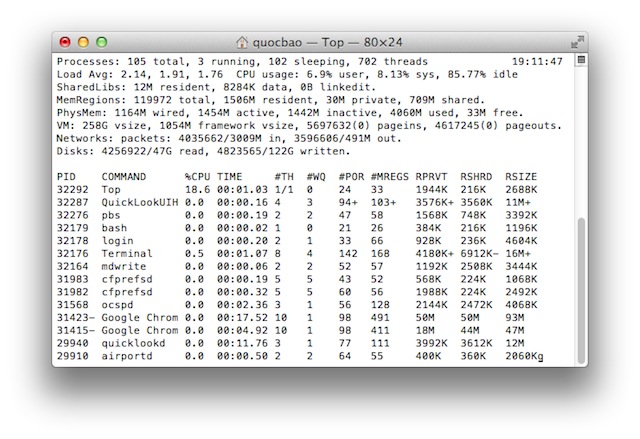 Type the letter q to return to the original window
Type the letter q to return to the original window
To terminate a process using the command line, follow these steps:
1. Identify the process ID (PID) of the application you want to quit. This can be found by checking the PID column in the process list.
2. Open the command line interface.
3. Enter the command “kill [PID]”. Replace “[PID]” with the actual PID number of the process you want to terminate.
For example, if you want to quit iTunes and its process ID is 3703, the command would be “kill 3703”.
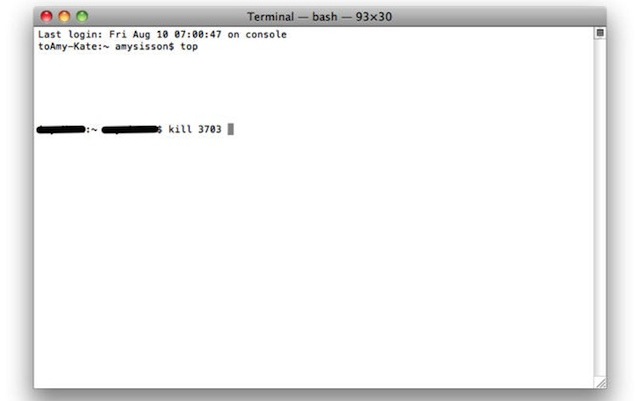
If the program is not functioning properly, you may need to use the command “sudo kill -9 XXXX” to terminate the process. Replace XXXX with the previous PID number. For instance, if you encountered issues with iTunes earlier, the command would be “sudo kill -9 3703”.
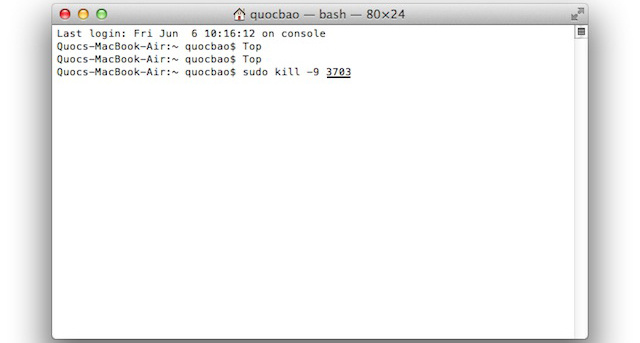
Or type sudo kill -9 3703
Unlike previous versions of the Mac operating system, there is no longer a need to restart your computer after shutting down an application. You can easily relaunch the app and continue working seamlessly.



























